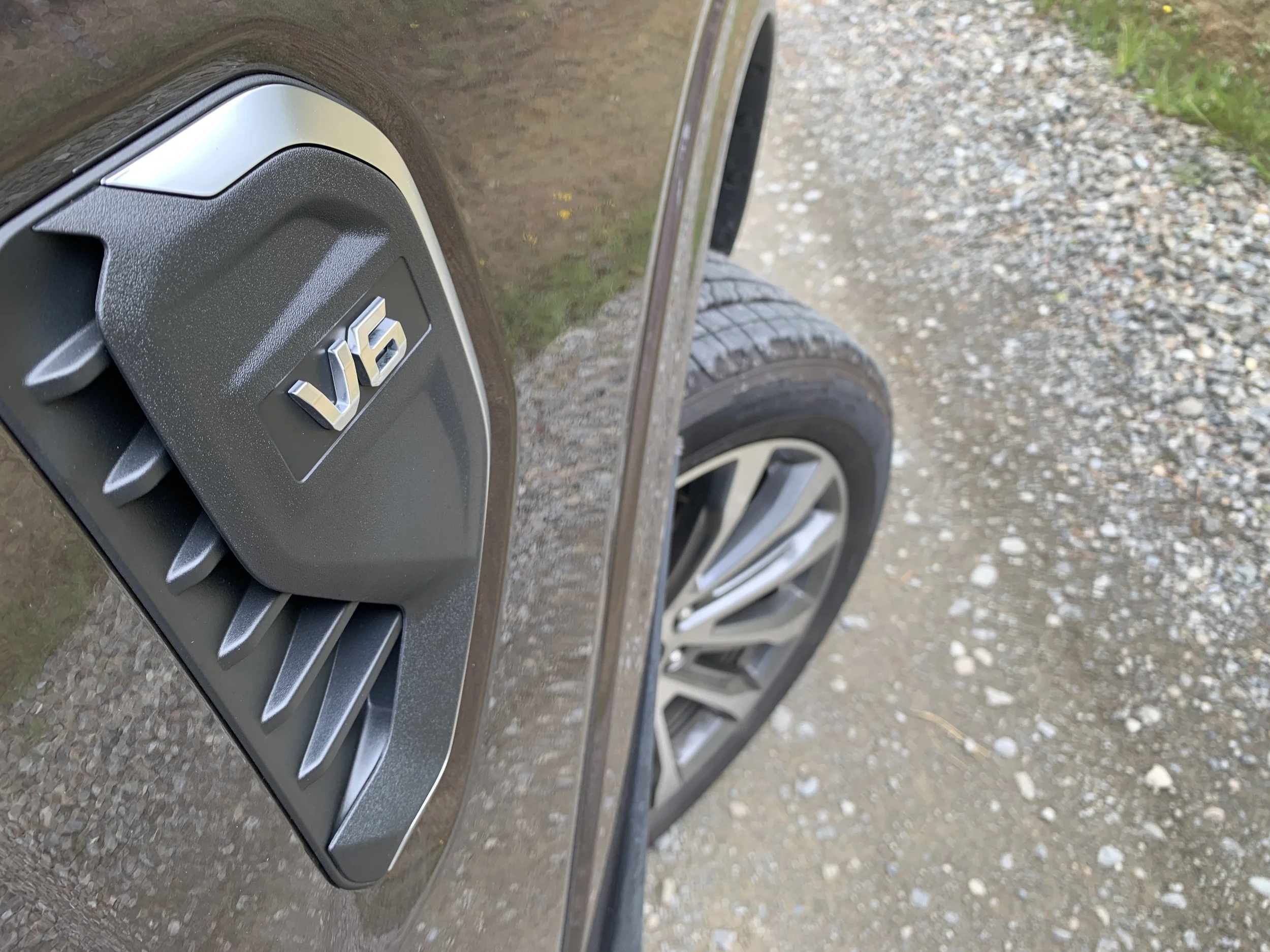Atto 3 sister models imminent
/Announcement on Dolphin hatch just weeks away, brand boss says, and Seal sedan also soon to be sorted.
DON’T expect to drive a Yangwang, a Denza or an ‘F-brand’ in New Zealand – but do expect to experience leading edge technology these top tier marques within the BYD family are now demonstrating.
That’s the word from the local boss for the world’s dominant electric vehicle producer by volume, who also says announcements are close about the next cars coming to support a pitch to place a model for every segment of the new passenger and light commercial market by the end of 2025.
Warren Willmot, brand manager for BYD New Zealand, is off to China tomorrow for a three-week immersion that’ll give opportunity to experience everything automotive BYD builds – not just behind that badge but also several others that might only restrict to home turf.
It’ll be a reminder about the strength of the make which recently took the mantle of the world's biggest maker of electric vehicles from Tesla, based largely on Chinese sales alone.
BYD presently only has one car in New Zealand, the Atto 3 crossover, and it’s been hugely popular since release late last year – almost 700 sold last month alone.
BYD New Zealand – part of Ateco Automotive NZ, which also handles the Jeep, Alfa Romeo, Fiat, Maserati and Ram brands – has ambition to add two more models to sit alongside the current holder of New Zealand Car of the Year, and indications are both are close.
Official announcements about the Dolphin, a compact city hatchback, and Seal, a Tesla Model 3-sized sedan – core models within what BYD calls it Ocean series – will be made within weeks. Both are pictured above and below.
Willmot has hinted those cars will be on display at national fieldays at Mystery Creek, outside Hamilton in mid-June.
Asked if that was a pre-sales display, he replied: “I don’t display cars I cannot sell.”
Also lining up for New Zealand is an electric dual-cab ute, presently under development, said to be of the same ilk as the market-favoured Ford Ranger and Toyota Hilux and also promising the minimum 450 kilometres’ range set to come with the other impending product.
Willmot expects to drive that vehicle in China, but suggests it might not be here before 2025, and potentially could kick off in a plug-in electric format before also emerging as a wholly battery-compelled car.
BYD also has the Tang, a large electric sports utility wagon aimed at the Tesla Model Y.
Another sedan, similar in look to the Seal but larger in dimension, might also show on the horizon as it is being readied for right-hand-drive availability.
That car, called the Han, is already available in China as a fully-electric car, a plug-in hybrid, and a petrol car.
It’s been reported the 2024 upgrade will kick off the RHD programme – it also introduces the model to a complex active suspension that has been the focus of attention at China’s biggest motor show, on in Shanghai next week.
In all, BYD expects to expand to nine models for right hand drive – behind its own badge; the only badge that Kiwis might see for a whole, though the company has other car brands too.
At the end of last year BYD confirmed its EV brand portfolio count would expand from three to five.
Aside from the parent, there are lines branded as Dynasty, Yangwang and Denza. BYD intends to soon add another known only by the code-name ‘F-brand’. The latter will dedicate to off-road flavoured electrics.
Denza is 90 percent controlled by BYD with Mercedes-Benz holding 10 percent. The makes started their association as a 50-50 joint venture but Daimler reduced its stake in mid-2022.
Yangwang is top of the tree; what Willmot calls BYD’s Ferrari. It’s an all-out luxury-performance effort that has just adopted a new platform with an advanced active suspension system that, Willmot says, could one day appear on cars Kiwis can buy.
The BYD DiSus Intelligent Body Control System, is similar to the chassis suspension systems available in premium and luxury cars, such as Porsche's Dynamic Chassis Control and Mercedes Benz's Magic Body Control. It’s touted by BYD as being “the most advanced vehicle body control system of the industry globally,”
A novel feature of the system is that it allows a vehicle to run without one wheel attached - similar to what a 1960s’ Citroen DS was able to do with its hydropneumatic suspension - and also to jump a couple of centimetres in the air. It is being demonstrated at the show by the U9 sports cars but is also set to feature on the U8 SUV, whose beefy lines appear to have been inspired by the Mercedes G-Class.
Both cars run four electric motors making a combined 820kW and can hit 100kmh from a standing start in three seconds in SUV form, just 2s in the sports coupe.
BYD says the DiSus system will ultimately reach the Han, the Tang SUV and Denza models.
There are three variations. Disus-C, which adjusts the damping by controlling the damper solenoid valve, Disus-A, which employs air shocks that can be adjusted by up to 150 millimetres and Disus-P, which is “the world’s first intelligent hydraulic body control system” and can control the oil intake of the damper, damping adjustment valve, and stiffness adjustment valve. Additionally, it has an adjustable travel of up to 200mm and can lift all four wheels simultaneously or each wheel independently.
BYD has grown dramatically in recent years and isn’t afraid of a challenge. One example: On discovering shipping costs and delays were threatening its expansion into Europe, it cut out the middleman and spent billions buying three gigantic roll-on, roll-off ships. Then it bought five more...





















